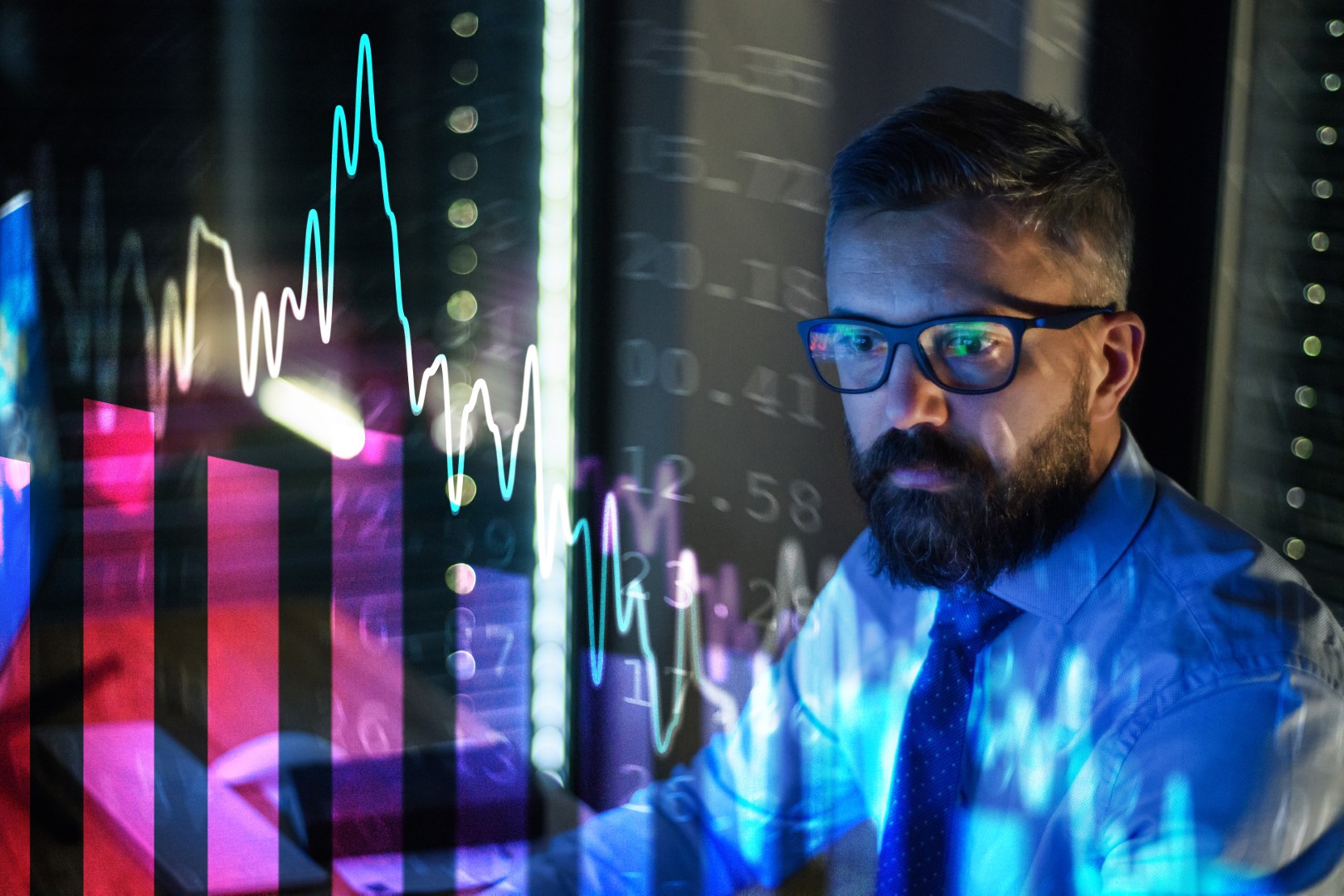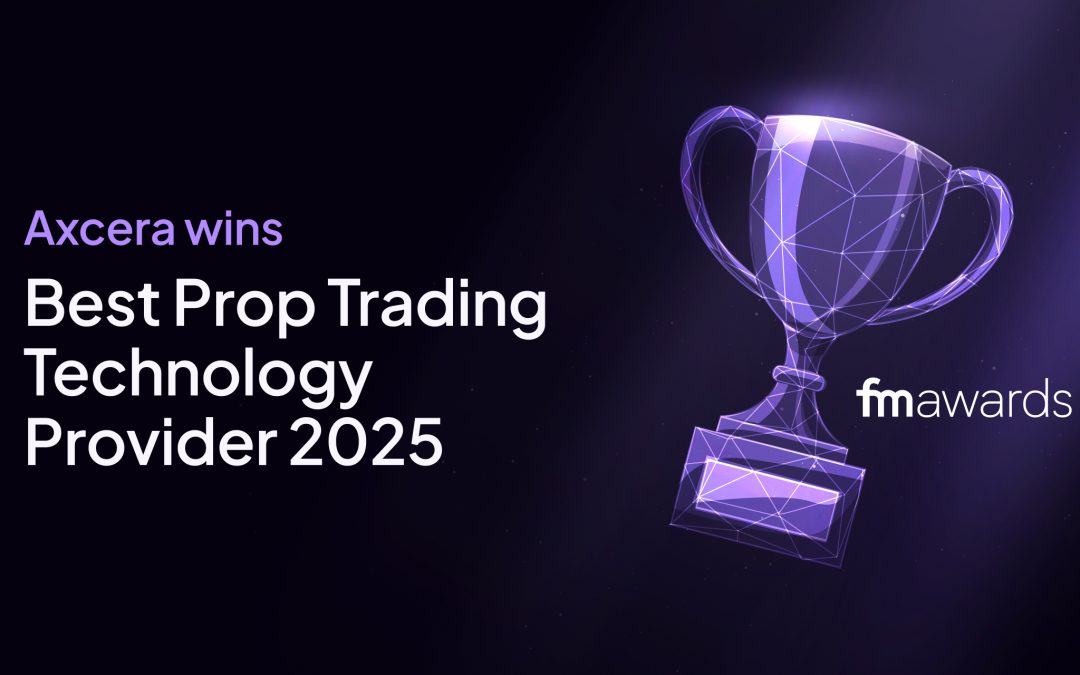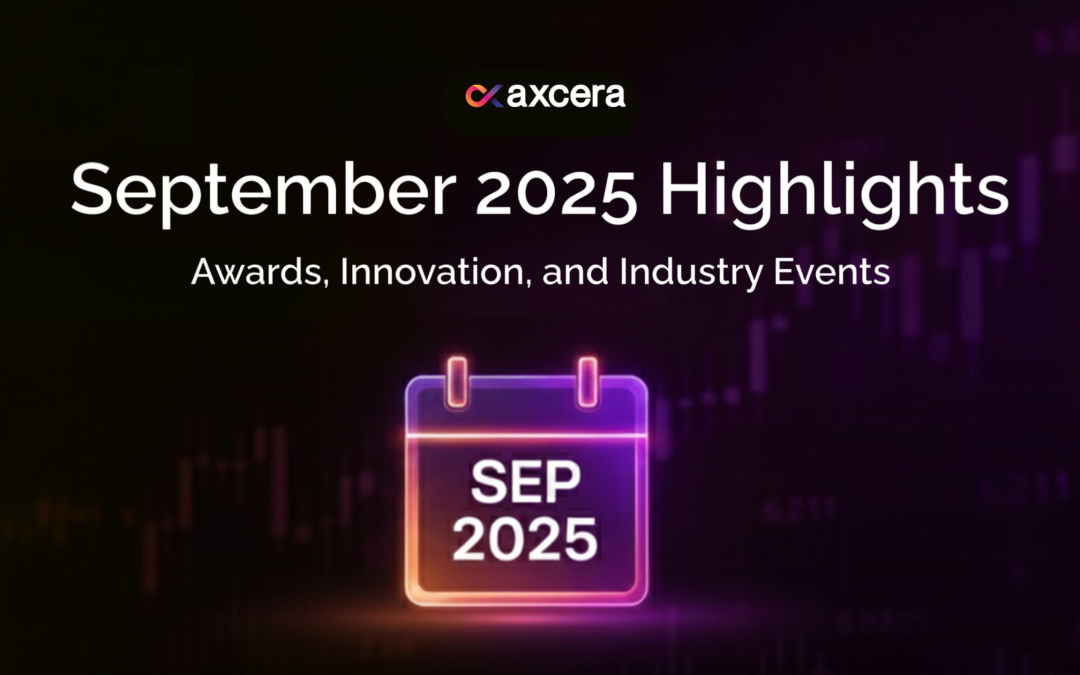The idea that a prop firm could manage in the modern stock market without the best technology is something that should strike anyone with even a passing knowledge of financial affairs as risible; in a world where modern tech helps people travel fast and information travel faster, a slow response can be fatal.
Being able to make both informed decisions and react swiftly once it is clear which way the wind is blowing can make or break investments, as sudden changes in the values of currencies, stocks and shares can create big buyer opportunities but also pose the threat of major losses.
How Tech Can Help You React Fact
There are several ways in which the best prop firm technology can help you respond when things happen suddenly. These offer various options at different levels, so your response can vary from limited and temporary action to radical measures that include large-scale buying and selling.
At the one end of the scale, for instance, you can use fairly simple facilities such as automated stop loss orders when Forex trading is taking place. That can be important when a trade turns negative, but more so when there is a full-scale run on a currency that might otherwise generate large losses.
It is worth reflecting, of course, that there are many different ways in which turbulence can occur in the markets. This can be both general or specific, which means your tech needs to be calibrated specifically to identify what is and what is not either in peril or offering a golden opportunity.

Why Each Crisis Differs
Reflecting on some of the biggest general stock market crises, it is clear that the crashes of 1929, 1987 and 2008 all had their own peculiar characteristics.
The first, for instance, occurred in a low-tech era and could be largely blamed on kinds of malpractice like insider trading that would be illegal today. 1987, by contrast, saw automated selling on a grand scale as computer-driven trading played a major role, although some of this was arguably manifested in the over-valuation of some stocks.
However, the 1987 crash, while representing the biggest drop in the US Dow Jones index in a single day ever, did not lead to a repeat of 1987, thanks to concerted global action to increase the money supply. Stocks soon started recovering.
Come 2008, the situation had changed again, with the problem arising in the banking sector itself, rather than the stock market, threatening to bring the whole financial system down until governments around the world bailed them out on a large scale. A massive recession could not be avoided, but a 1930s-style depression was.
Each of these, therefore, brought different aspects and the threats varied, although 1929 and 2008 inevitably brought shares down across the board. This would bring the kind of simplified threat in which the decisions would revolve around seeking to sell stock before its price fell further or buy in areas that might thrive.
Some of the latter can be predicted without recourse to high-tech means. The lipstick effect arose from the Great Depression when companies making simple treats like lipstick thrived because these were the kind of simple and inexpensive treats people could enjoy while giving up big-ticket items.
Be prepared For The Unexpected
Other major events can be more short-lived, such as the brief but pronounced plunge following the 9/11 attacks in 2001. The US in particular saw shares plummet, but, once again, the impact was uneven; airlines and insurance took a predictable hammering, whereas defence stocks benefitted.
Another shock came with the Covid-19 pandemic. Once more, airline stocks were among the hardest hit as tourism tanked, but perhaps as notable was the market reaction when news of the first successful vaccine trials emerged in late 2020: Amid a surge in general gains, it was not such a good time for Zoom or Netflix.
This goes to show that there really is no one-size-fits-all model for judging how shares will perform at times of great turbulence. There needs to be careful calibration, close monitoring and, allied to this, a wise spread of risk.
Quite simply, If a particular dramatic scenario such as a war, natural disaster, or unexpected election result shakes the market, you need shares that rise as well as ones that fall. If trading in currencies, the same needs to be considered. Sometimes it makes sense to be poised to make a swift move to ‘safe haven’ commodities, such as gold.
In essence, these are truths that have remained unchanged down the years, with or without modern technology. But by being able to access data more easily and at speed, you can make gains and limit losses in a way others could never contemplate in the past.









